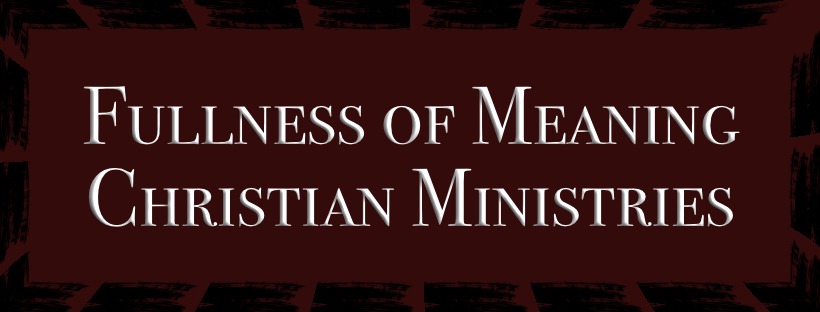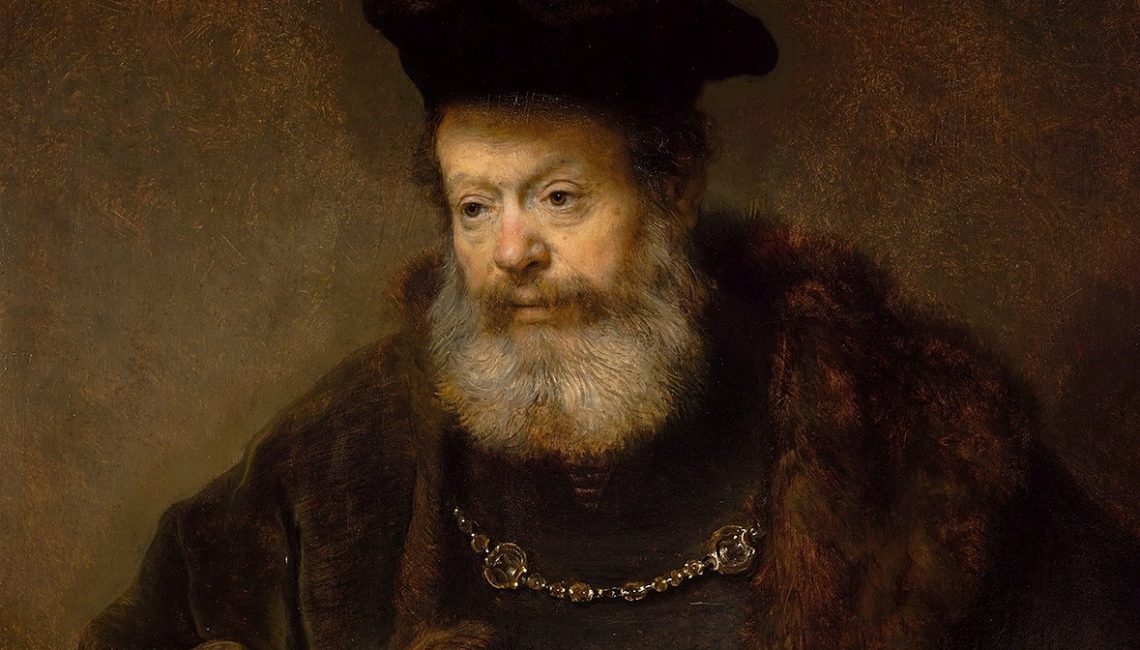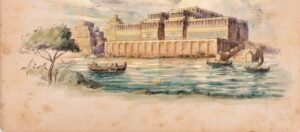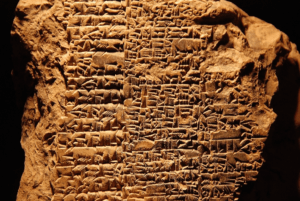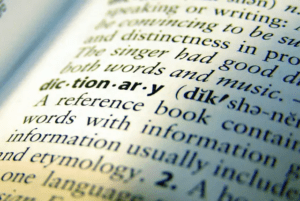To John Halloran (founder/ President of the Sumerian database-Library of Congress approved)
————————–
(From John)
On Tue, Jan 11, 2022 at 3:48 PM John Halloran
[email protected]>wrote:
Kyle,
So you have switched from Yahoo to Gmail. I last heard from you in 2003 when you ordered the Thomsen and Hayes books. Would you like a copy of my new 432-page book How The Sumerians Became Rich? Here is a description: https://www.sumerian.org/Sumerians-Book.htm
Regards,
John Halloran
Los Angeles
——————-
(From Kyle/ Kyle’s response:)
I’ll order the book now. I can’t believe it’s been that long ago. Sadly, I have simply forgotten my password and it’s nearly impossible to get it back. So, I went to Gmail. I’m working on correlating the basic 269 Sumerian pictographs using sources such as your lexicon. I do not plan on sales from this effort— only the joy of learning. I plan on correlating Armenian, Georgian and Chinese pictograms with this lexical bank. John, thank you for responding to me so quickly!!! In your service, Kyle Jones
——————————————————–
(John’s statement/ question)
Kyle,
Thank you for supporting me by ordering on Amazon. The book will go out today by Priority U.S. Mail.
Do you think that the Armenians of today are descended from the Kura-Araxes or Transcaucasian people?
Best Regards,
John
————————
(Kyle’s answer:)
Seems to me they are more Altaic. We have petroglyphs dating back to 35,000 B. C. with religious significance. Both linguistic evolutions for Georgian and Armenian cultures seem to hold that there was a parent relationship from old Armenian to pre-Sumerian cultures which also are predated by Syunik culture. If a migration from the last ice age involves Siberia as a warmer climate ( I believe) the forced march southwards would probably explain Anna Meskhi’s 300,000 year old hypothesis of Altaic “origins”. This, in turn, affects the Steppe region that you are referring to. I still find etymological matches with Armenian, Georgian and Sumerian which, due to Sumerian being a dead/ stative language we can profit from this kind of stability of research.
These linguistic comparisons show that there was little change from the Sumerian and pre-Sumeria era with Armenian and Kartvelian cognates. Likewise, our present day Kartvelian language, Georgian, still carries Sumerian cognates with it!!!
Sioni culture seems to be responsible for being the predecessor to the Kura-Araxes cultural complex. The South Caucasus (Transcaucsia) reach further east into Georgia and Azerbaijan.
This peaks my interests with David Rohl’s work, “Legend”. I have worked with David Rohl and Anna Meskhi in various situations concerning these geographical locations. Both of these scholars have been on my podcast and website. / I also look at Sioni culture for being a Kartvelian related (Georgian, Svan, Laz, etc.) culture which turns my head to Dr. Anna Meskhi’s work on *Kartvelian-Sumerian Linguoculturology*. It is here that my interests peak with a fabricated ‘key-code’ relationship using Sumerian and Kartvelian as a ‘cipher’ for militaristic purposes (the entire theme of Anna’s Doctoral Thesis–and my Biblical “New Shem” in Genesis
Anna is coming from a non Jewish/ Christian/ Muslim perspective though I have theological speculations that seem to fit like clockwork using the fusion of Syunik-Kartvelian-Sumerian-Hebrew-Egyptian-Chinese pictographs as a ‘synthesis history’. This ‘fusion’ seems to fit the *Narrative* of the Biblical text of Genesis 1-11. // So, ‘theologically’, the South Caucasus view–i.e., David Rohl’s archaeological findings, show me the link between Azerbaijan and Northwest Iran as an “Edenic” region conveying endonymic names that do indeed convey the Biblical names via function, etymology or both (usually both) and the Sumerian – “Shem-arian (David Rohl’s coined name)” view. With that said, I’m hyper focused on the Mother language (in my opinion). So, Sioni and modern Armenia might be related but in the distant past when, I believe, all of this cultural complex was more northern.
——————————————————-Credits to Dr John Alan Halloran:
